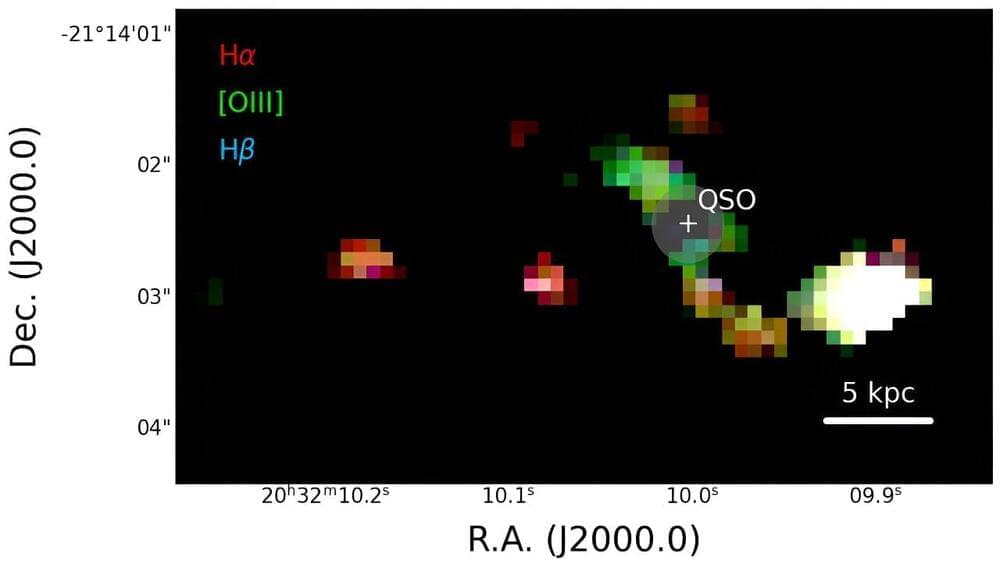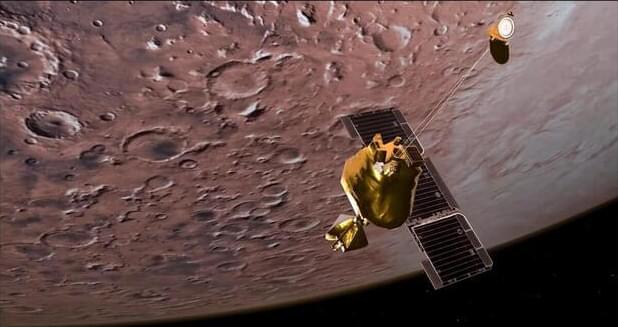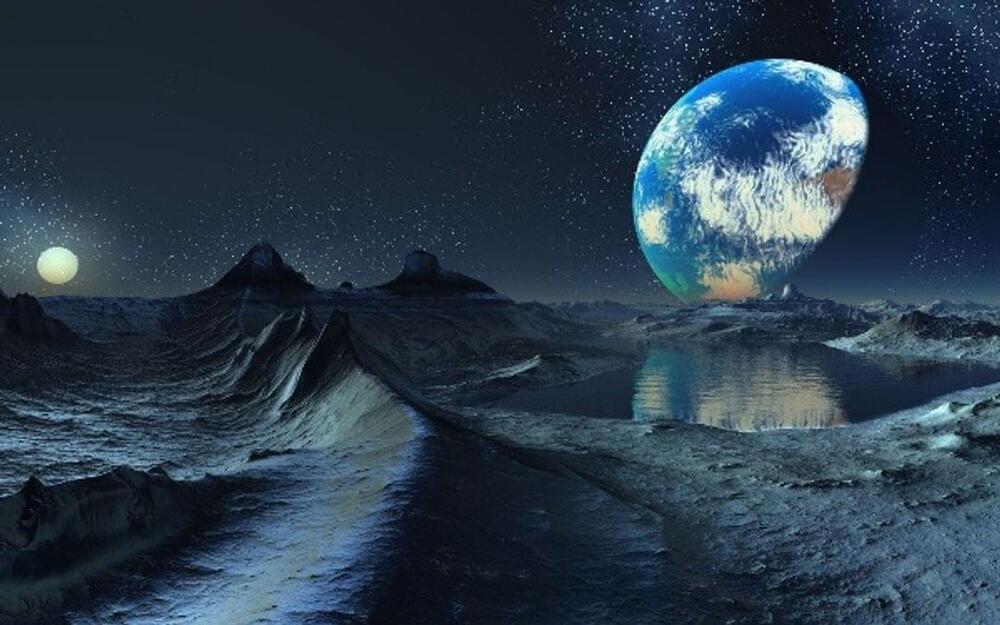CHARLOTTE, N.C. – Honeywell Inc. in Charlotte, N.C., will acquire CAES Systems Holdings LLC in Arlington, Va., to boost Honeywell’s electromagnetic military technologies for RF signals management under terms of a $1.9 billion cash deal.
This acquisition, announced last Thursday, will enhance Honeywell’s defense technologies in critical military systems like the F-35 and EA-18G military aircraft, the AMRAAM and GMLRS military weapons, radar, and uncrewed systems.
Combining the two companies also can boost capabilities in radiation-hardened integrated circuits for applications ranging from military nuclear forces to so-called rad-tolerant electronic components for commercial new space uses.







